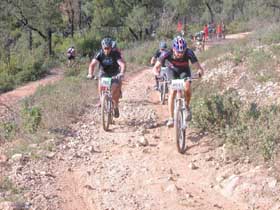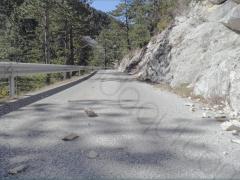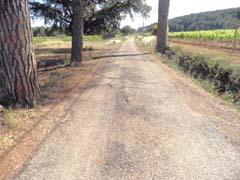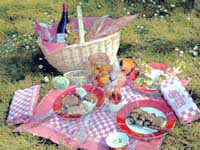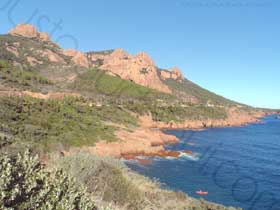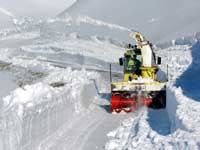Advice of good cycling practices in Provence, CÃīte d'Azur and Southern Alps
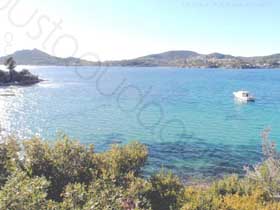
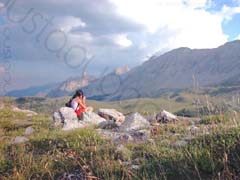
landscapes - climates >
Mild seaside - fresh mountains
The CÃīte d'Azur enjoys the very mild Mediterranean climate andthe Var county is the most sunny place in France with 2900 hours per year.
Close to the Italian border, the sublime Massif du Mercantour approaches 3 300 m elevation (Argentera 3297m).
And the Alps dive in the Mediterranean sea east of Nice. The mont GÃĐlas (3143 m) is situated at about 30 miles of the shoreline.
Sea and montains mix together here for the pleasure of nature lovers and amateurs of outdoor sports.
at 25 miles further north of les Arcs, The Verdon has formed its famous gorgeson the foothills of the Alps (Mourre de Chanier 1930 m)...the mountain is there...with a dramatical difference of climate !
The best time to ride a bicycle to discover Provence, CÃīte d'Azur and Southern Alps
In the plain
All ways of cycling are possible around les Arcs, on the seaside, in both le massif des Maures and le massif de l'Esterel all year round.January and February are the coldest months although frosts, snow and ice conditions are rare. Spring and fall (april to june & september to november) are the best times:
It is not too hot and the roads are not as crowded as in july - august, the peak summer period.
In the upcountry and Verdon area
The climate is more severe and snow falls can change the plans from november to mars.The best time are april, may, june and september october.
Provided that the weather is likely to worsen for a long period from october with thunderstorms and heavy precipitation that usually occur between beginning of october and half december.
In the Southern Alps
Early summer from mid-June (re-opening of alpine passes) to mid-July is the best time to ride the wonderful slope of the Southern Alps:
The days are long, not too hot and the roads are not yet crowded.In July and August, a nice tour can be organised as long as busy passes with cars, motorbikes or large campers inadequate for alpine winding roads are avoided.
Indian Summer September October (with October unsettled) is appreciated too although the tour planned is to be adapted to much shorter days.








